
We kindly inform you that, as long as the subject affiliation of our 300.000+ articles is in progress, you might get unsufficient or no results on your third level or second level search. In this case, please broaden your search criteria.






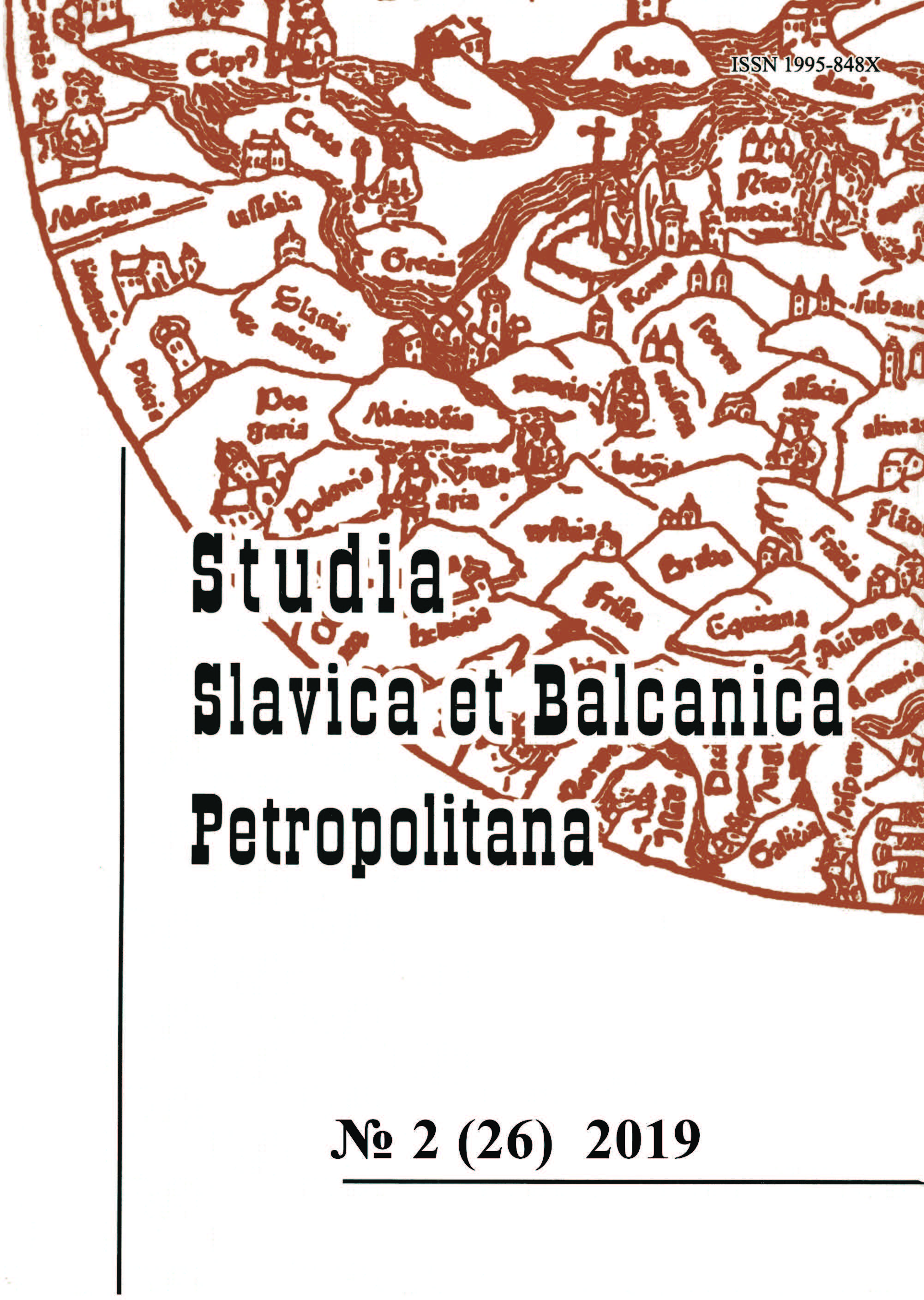
The article highlights issues related to the problems of studying the history of Eastern Europe, the definition of Slavic identity and the construction of national Slavic historical memory, which were discussed by domestic and foreign researchers in the framework of the First international St. Petersburg historical forum (October 29–November 3, 2019).
More...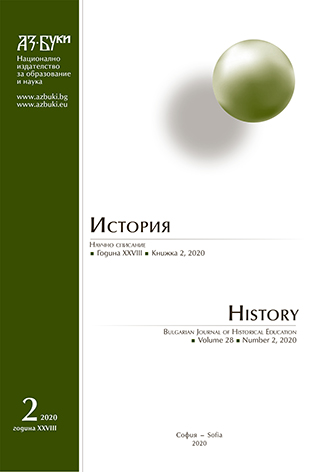

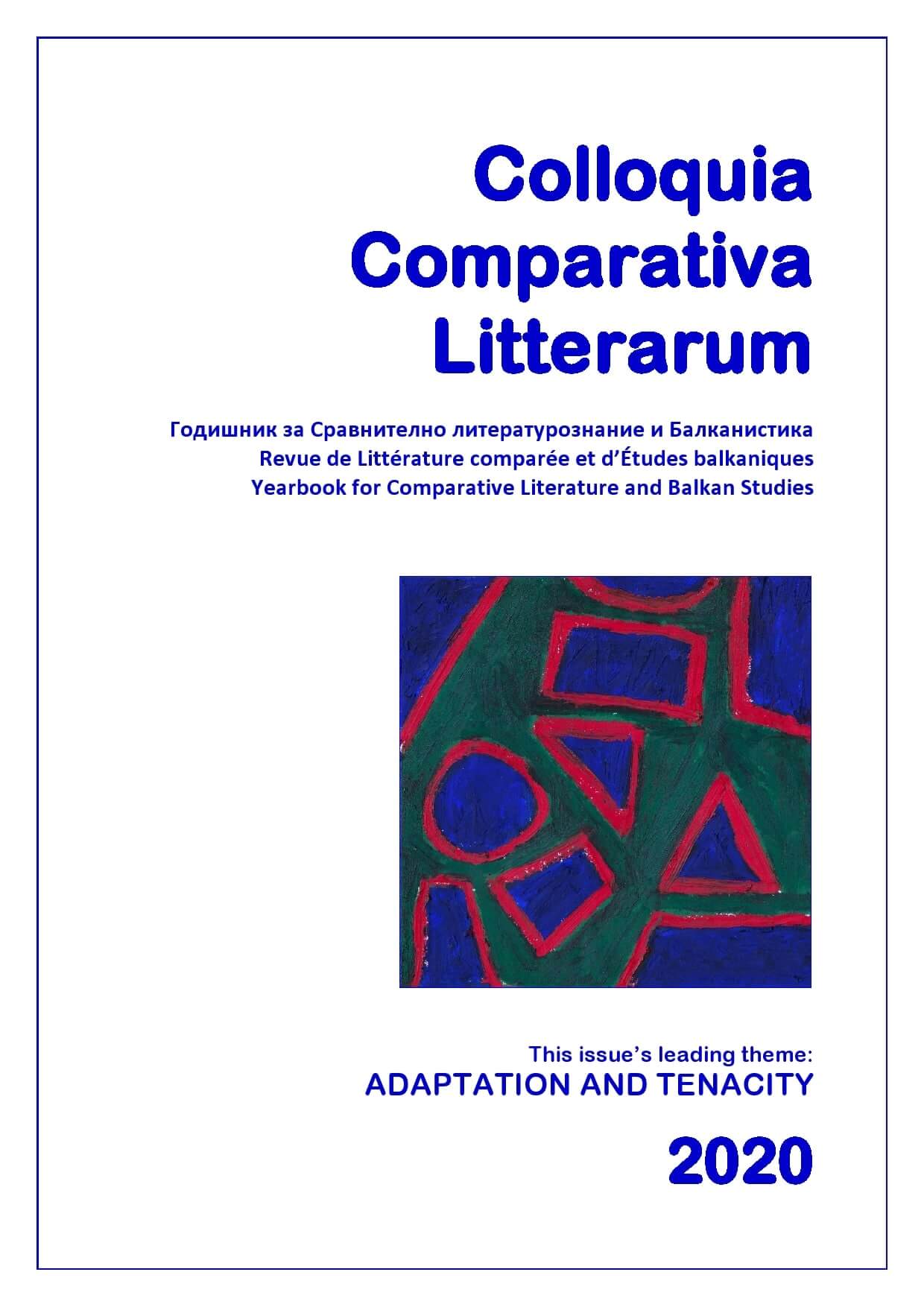
This article examines two Balkan novels in which memories, as fragments woven into the textual fabricof the autobiographical, define the museum-like narrative structure. The focus of the comparative analysis is onthe female voice, which dynamises the museum as a “place of memory” in the novel through the war theme. Byreplacing the lost home with a kind of a mobile ‘museum-novel’ (as a specific type of novel, the genre of exile),writers such as Gabriela Adameșteanu (Romania) and Dubravka Ugrešić (Croatia) problematize the image ofthe waiting woman Penelope, transforming their novels into a female Odyssey between personal and public,authentic and imaginary, past and present, continuity and discontinuity, myth and history.
More...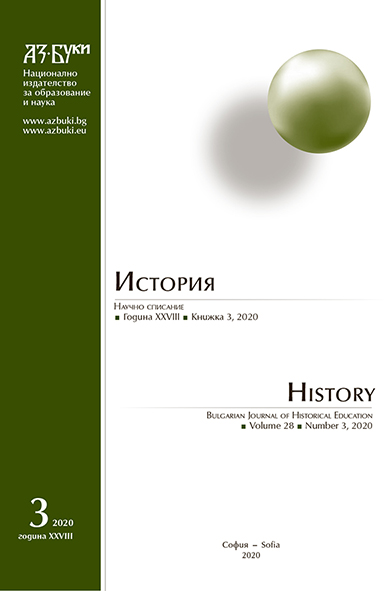
Read in the Latest Issues of “Az-Buki“ Journals
More...

The main idea of the article is the specificity of the modernization of the Tunisian society, as well as its gender aspect, is largely due to the fact that this process, thanks to the efforts of the ruling elite, began before the establishment of the colonial regime. In the context of the existing Islamic tradition, the degree of engagement of women in the social or productive spheres was conditioned by social differentiation. After establishing the French protectorate, actively using the administrative apparatus, encouraging the growth of the non-Muslim population, the French pursued a policy of cultural colonialism, which led to the design of the ideological and political realities of Tunisia in two directions. Representatives of the first direction continued the traditions of pre-colonial reformism, substantiating the idea of self-sufficiency of Islam. Representatives of the second, not denying the cultural significance of Islam, considered the prospects of modernization with the absorption of European experience. Representatives of Islamic modernism argued that, reformed and adapted to the spirit of time, Islam became the ideological basis of social development, in particular the release of women, whose primary role was to play education. The most radical of them questioned the use of hijab, as a purely Islamic tradition. Without denying the traditions of Islam, they advocated assimilation of the achievements of European culture, science and public opinion. The ideal of a new Tunisian woman appeared in the context of the synthesis of Islamic and Western cultures. He called for the emancipation of women and the reform of family-marital relations, taking into account the socio-cultural traditions of the Tunisian society.
More...
This article explains, first, why there was a uniform emergence of equal opportunities legislation across East Central European states in the late 1990s and early 2000s and, second, why the speed of adoption varied across countries. The author deviates from a traditional comparative focus on domestic factors and instead treats her two case studies—Poland and the Czech Republic—as part of an international system in which external actors can exert a simultaneous but differential effect on domestic policies. The author argues that the European Union (EU) accession process prompted equal opportunities legislation in both countries but domestic actors mediated this influence in different ways. In Poland, legislation was delayed due to an organized opposition to EU gender equity laws and its close ties to parties of the Right in government, two factors absent from the Czech case where laws passed earlier. The author also suggests that the EU’s financial and political resources may enable it to reshape these domestic actors in the future.
More...
Delija Štrbaja, 41 year old mother of two, was working in a sugar factory in the Vojvodinan town of Žabalj when the war with Croatia broke out in the summer of 1991. During the first two months of the conflict, Delija nervously awaited the moment when her husband, Zoran, would be called up to serve in the Yugoslav army. He too waited and spent many long hours with a friend who had fled Osijek, discussing the conflict and endlessly debating what should be done about it. Delija listened to them daily as she also stayed informed through the news media. Finally, she said, she could take it no longer and told them, "Ok boys, since you won't do it, I'm going off to enlist. I will fight in your place." Delija did enlist and served 46 days on the front line of the conflict in Banija, from September 25 to November 11, 1991. Fifteen of those days she spent with a rifle in her hands until the captain persuaded her to organize and run the unit's medical section. [...]
More...
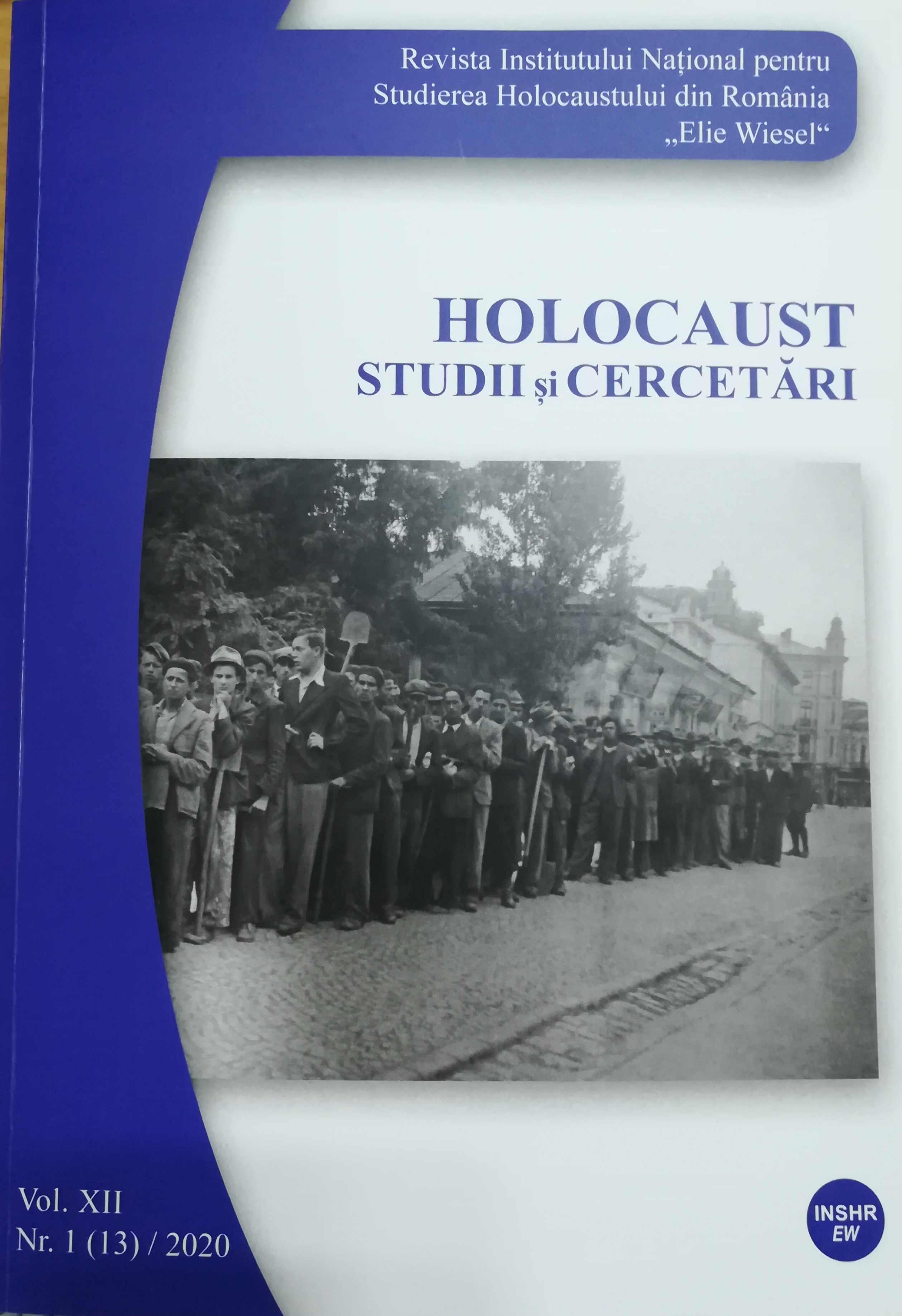
Although the war and the Holocaust struck men and women equally, there are reasons to discuss the fate of the women and their specific problems, in order to fill in a missing linkin describing Jewish life and to offer a fresh perspective that would give us better tools to write the history of Jewish life at that time.This paper will discuss the Romanian Jewish Women’s activity during the Holocaust and will particularly look into the activity of “The Jewish Center for the Protection of Mother and Child”, founded in Bucharest by Mela Iancu. What was the center’s contribution to the Jewish children and mothers during the war in Romania and to the orphans rescued from Transnistria? What can be learned about the women’s role during periods of crisis and war? “Mama Mela”, as the children of the center used to call her, was a symbol of determination,inspiration, wisdom, and hope. Finally, by including her story in the historical discourse, this paper aspires to shape and contribute to the large framework designing a reviewed historical approach and a gender-sensitive agenda.
More...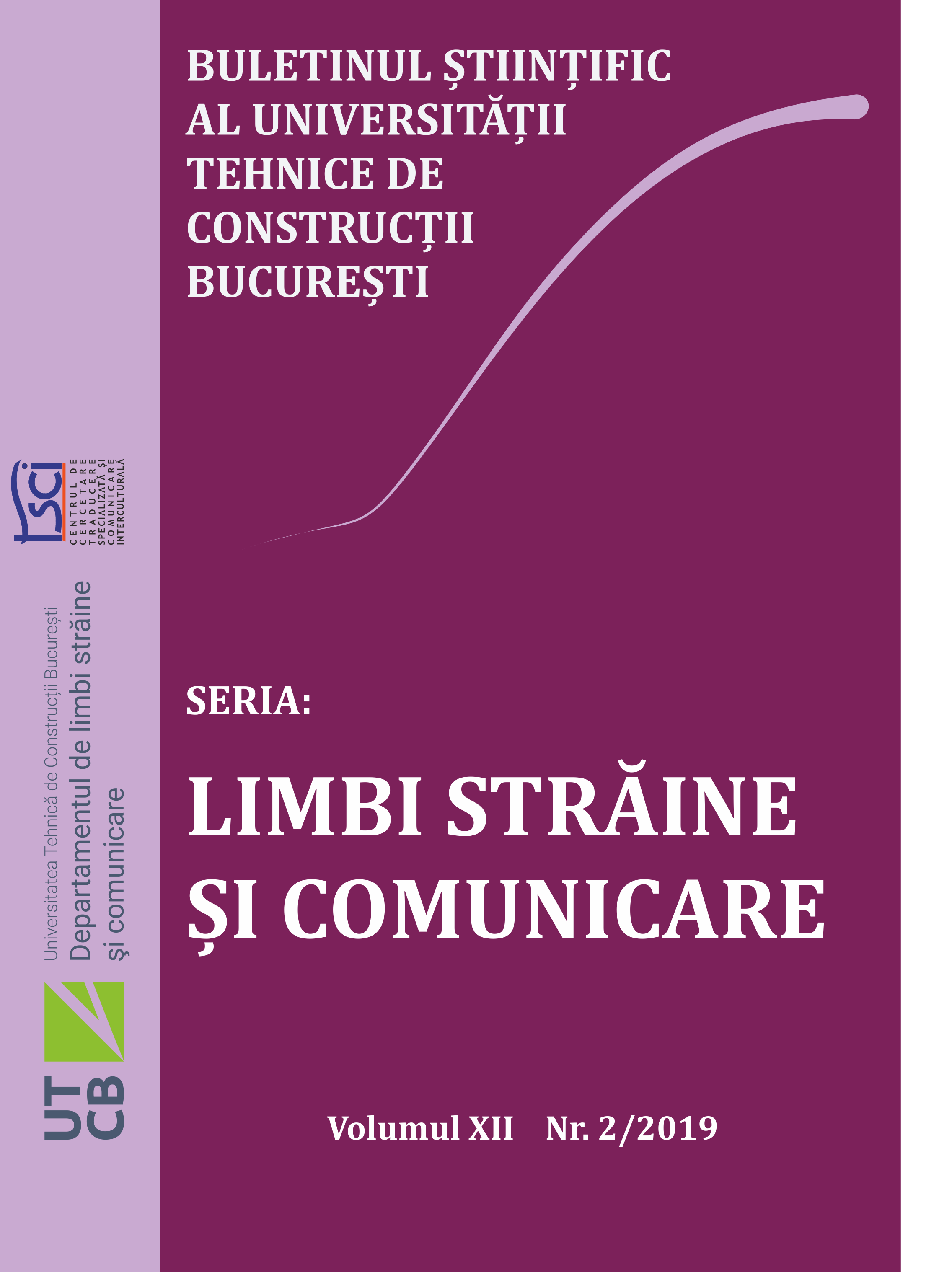
Due to an unfortunate past, in which women, as well as people of different origins were regarded as inferior beings by the majority of the male population, in many languages, both Latin and Germanic, there are a lot of idiomatic expressions with negative connotations about these “minorities”. The Other – seen as any person belonging to another gender, race, nationality or sexual orientation – is perceived as strange, wicked or misfit. This negative attitude towards women is usually reflected at the lexical level, in the idioms used in the conversations with or about them. Therefore, the purpose of this article is to provide a contrastive study in three languages – Romanian, English and Spanish – of the expressions with sexist connotations, in order to identify the similarities and the differences between them and to get a clear picture of what lies beneath them, at the level of collective mentalities in various societies.
More...

The series of events in Bosnia and Herzegovina during the early 1990s had an undeniable impact on society and contributed significantly to rupturing the continuity of popular and religious customs. In the meantime, social openness means that Bosniaks are increasingly exposed to religious and cultural influences from both the East and West. This situation has made it exceptionally diffcult to preserve the continuity of Bosniak religious customs. The aim of this paper is to demonstrate how the refraction of intercultural and inter-muslim influences in Bosnia and Herzegovina is reflected in Bosniak religious customs. The author therefore examines a selection of Bosniak religious customs related to the lifecycle: the birth of a child, marriage, and death, all of which show Bosniaks cleaving strongly to the regulations of Islam, with a gradual adoption of Western attainments and cultural values.
More...